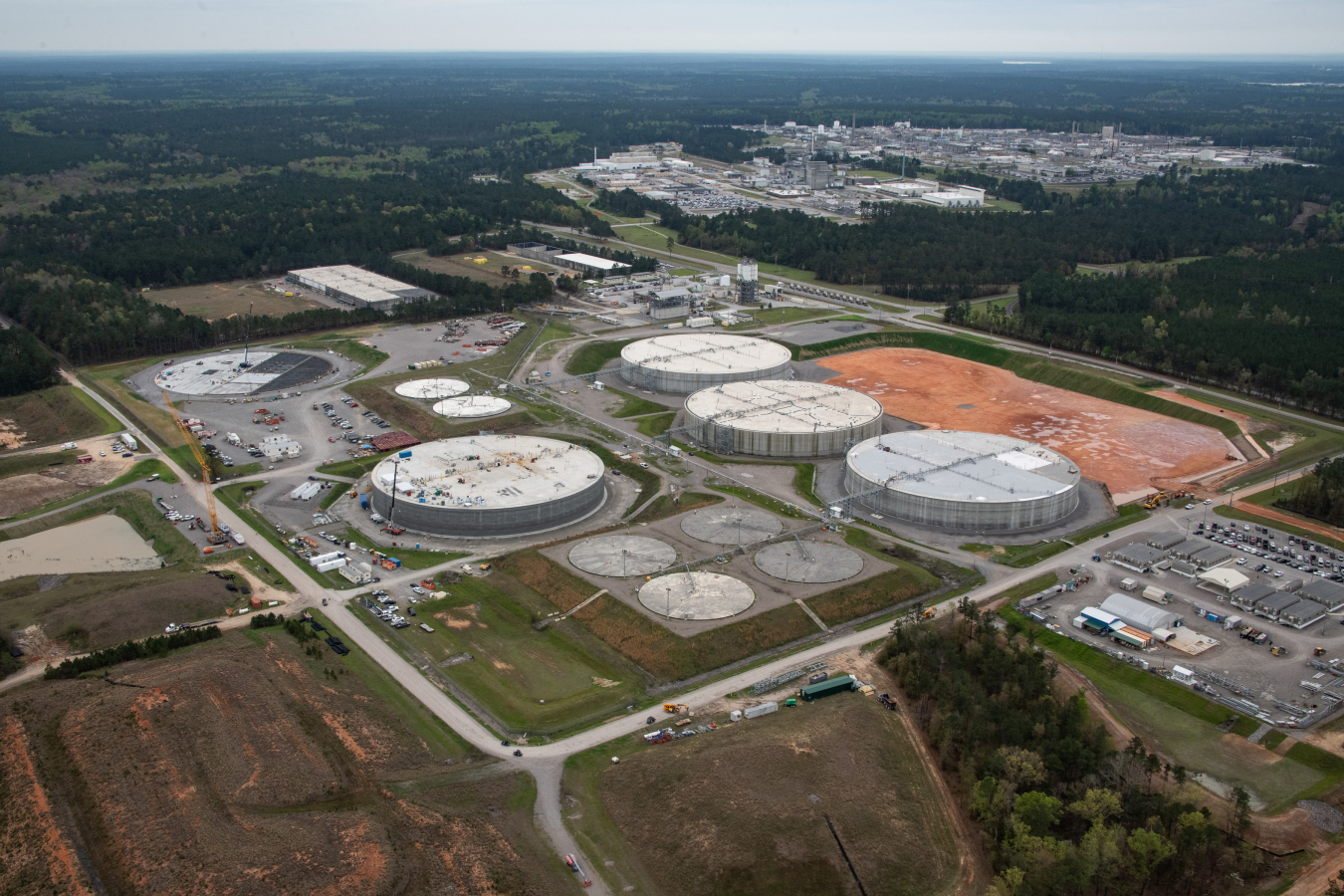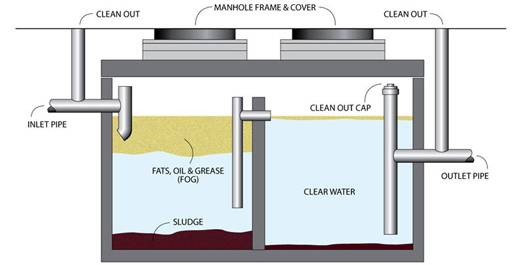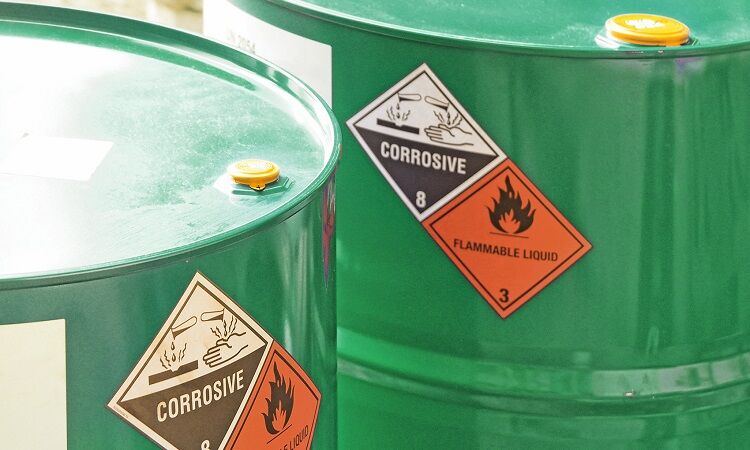Leading Industrial Wastewater Treatment Solutions: Making Certain Conformity and Performance
Leading Industrial Wastewater Treatment Solutions: Making Certain Conformity and Performance
Blog Article
Exactly How Fluid Garbage Disposal Functions: A Thorough Introduction of Techniques and Technologies Used

Summary of Liquid Waste Kind
The intricacy of fluid waste kinds necessitates a comprehensive understanding of their qualities and ramifications for disposal. Liquid waste can broadly be categorized into a number of kinds, including industrial, local, farming, and contaminated materials. Each group shows distinctive properties, requiring certain management methods to alleviate environmental and health risks.
Industrial liquid waste originates from manufacturing processes and usually has a variety of pollutants, such as heavy steels, solvents, and organic substances. Community fluid waste, mainly consisting of wastewater from houses and business facilities, has raw material, nutrients, and virus (industrial wastewater treatment). Agricultural fluid waste, consisting of drainage from farms, might have fertilizers, chemicals, and animal waste, positioning dangers to water top quality and communities
Dangerous liquid waste is identified by its toxicity, reactivity, or potential to create damage. Comprehending these diverse liquid waste types is crucial for creating reliable disposal methods and making sure conformity with environmental policies.
Physical Therapy Methods

Screening is the initial step, where larger bits and particles are gotten rid of from the fluid waste using displays or grates. This procedure protects downstream equipment from damages and makes certain smoother procedure. Complying with screening, sedimentation makes use of gravitational force to separate solids from fluids. In sedimentation storage tanks, larger particles work out at the base, forming a sludge layer, while the made clear liquid can be more treated.
Purification is one more necessary approach that involves passing the fluid with porous materials, such as sand or membranes, to catch smaller fragments. This step improves the quality of the liquid, making it appropriate for succeeding treatment procedures.

Chemical Treatment Strategies
Chemical therapy techniques are essential for effectively managing fluid waste, specifically in addressing dissolved and colloidal pollutants that physical methods may not appropriately get rid of. These techniques make use of various chemical representatives to neutralize, precipitate, or change dangerous materials into much less harmful types.
One usual technique is coagulation and flocculation, where chemicals such as alum or ferric chloride are included in advertise the aggregation of put on hold fragments. This process boosts sedimentation, allowing for much easier removal of the resulting sludge. In addition, oxidation processes, utilizing representatives like chlorine or ozone, are employed to break down complicated natural compounds and microorganisms, providing the waste more secure for discharge or additional therapy.
Neutralization is an additional crucial method, which readjusts the pH of acidic or alkaline waste streams to neutral levels, avoiding prospective injury to downstream systems and the environment. Additionally, progressed oxidation procedures (AOPs) make use of mixes of oxidants and ultraviolet light to degrade persistent contaminants, accomplishing a greater degree of therapy efficiency.
Biological Treatment Processes
Biological treatment processes play a critical duty in the monitoring of fluid waste by making use of microorganisms to break down organic issue and minimize impurity degrees. These procedures can be generally classified right into anaerobic and cardio therapies, each employing specific microbial neighborhoods to achieve effective waste degradation.
Aerobic therapy entails making use of oxygen to assist in the malfunction of organic materials by bacteria. This procedure is generally applied in triggered sludge systems, where aeration storage tanks provide a conducive atmosphere for microbial development, bring about the oxidation of natural contaminants. The resultant biomass can be separated from treated effluent through sedimentation.
On the other hand, anaerobic treatment takes click site place in check that the lack of oxygen, relying on various germs to break down natural issue. This technique is particularly useful for high-strength waste, as it generates biogas, a renewable energy source, while lowering sludge manufacturing. Technologies such as anaerobic digesters are often utilized in local and commercial applications.
Both cardiovascular and anaerobic biological treatments not only reduce the environmental influence of liquid waste yet likewise facilitate source recovery, making them essential parts of sustainable waste monitoring techniques. Their efficiency, flexibility, and effectiveness sustain their extensive application throughout various markets.
Arising Technologies in Disposal
Innovative techniques to fluid waste disposal are quickly progressing, driven by developments in technology and an increasing emphasis on sustainability. Amongst these arising technologies, membrane bioreactors (MBRs) have gotten grip for their capacity to combine biological treatment with membrane layer purification, causing top notch effluent that can be recycled in various applications. MBRs see this website enable smaller sized footprints and extra effective operations contrasted to conventional systems.
An additional encouraging development is using anaerobic digestion combined with nutrient healing innovations, which not only deals with fluid waste yet likewise produces biogas and recoups important nutrients like nitrogen and phosphorus. This twin benefit boosts resource efficiency and minimizes ecological influence.
Furthermore, progressed oxidation procedures (AOPs) are being adopted for the degradation of complex natural toxins. These approaches make use of powerful oxidants and catalysts to break down pollutants at the molecular degree, offering a highly reliable remedy for tough waste streams.
Moreover, the assimilation of artificial intelligence and device learning in waste monitoring systems is optimizing functional efficiency and anticipating maintenance, leading to reduced expenses and enhanced environmental compliance. These modern technologies mirror a considerable shift in the direction of even more sustainable and effective fluid garbage disposal practices.
Conclusion
In final thought, effective fluid waste disposal necessitates a comprehensive understanding of numerous strategies and innovations. By continuously progressing these techniques, it becomes possible to address the growing difficulties connected with fluid waste, eventually adding to ecological defense and source recuperation.
Fluid waste disposal is an important element of environmental administration, requiring an extensive understanding of various techniques and innovations customized to various waste types. Fluid waste can generally be categorized into numerous kinds, including industrial, local, agricultural, and hazardous waste. Agricultural liquid waste, consisting of overflow from farms, may have plant foods, pesticides, and pet waste, positioning dangers to water high quality and ecosystems.
Different physical treatment methods play an important duty in taking care of fluid waste successfully - industrial wastewater treatment.In final thought, efficient liquid waste disposal necessitates a comprehensive understanding of various strategies and modern technologies
Report this page